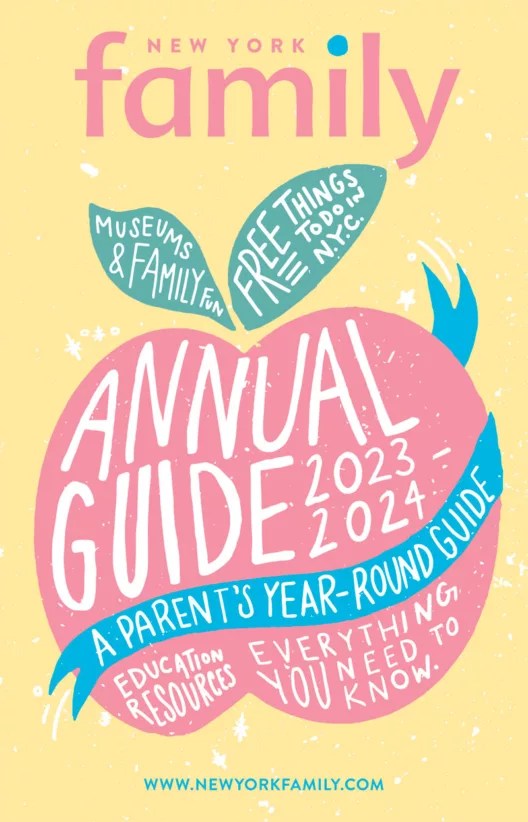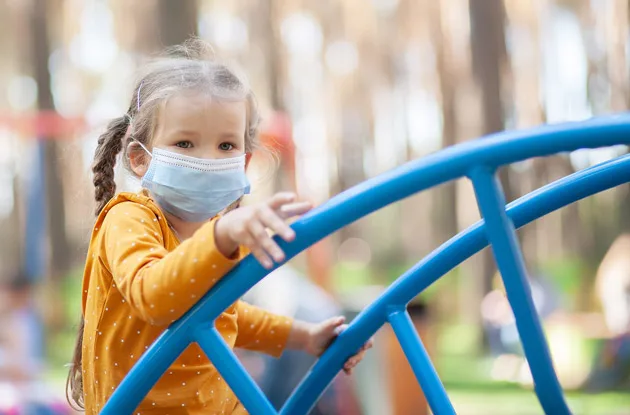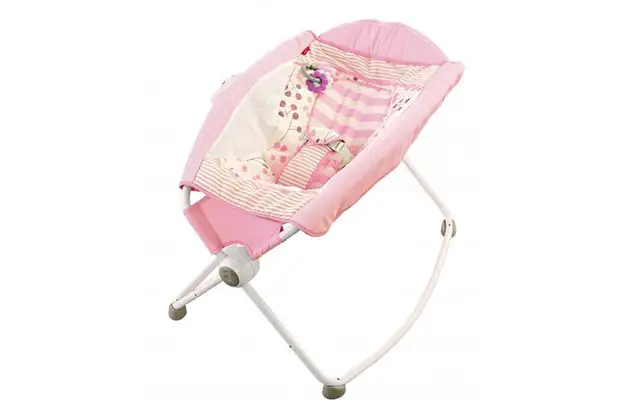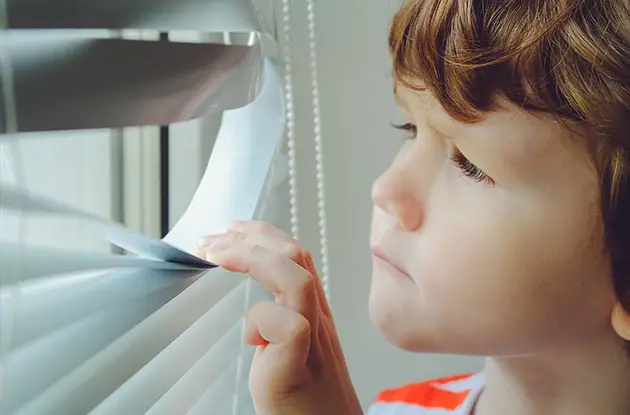As a parent, keeping your child safe in any environment is a number-one priority—especially when in or near the water. We ensure our children fasten seatbelts in the car, look both ways before crossing the street, and wear helmets while riding bicycles. Drowning is a leading cause of death for children younger than 5, with New York ranking fourth in the country, totaling 907 water-related deaths. Yet so many of us don’t take steps to teach water safety at a young age. Here's how you can prevent children from drowning.
Life-Saving Benefits of Water Safety and Swimming Programs
Fortunately, there are ways to reduce this heartbreaking statistic. New evidence indicates that children who have been introduced to a water safety program may stand a much better chance of survival in the event of a water incident. Along with proper adult supervision, formal swimming lessons are associated with an 88-percent reduction in the risk of drowning for children ages 1-4, according to the Centers for Disease Control, National Drowning Prevention Alliance, Consumer Product Safety Commission, and the National Institute of Health. Without proper water skills, even a few inches of water can pose danger.
Children as young as 2 months old can start a water safety/swimming program. The reasoning for starting young is that babies have no fear of water and can naturally adapt to swimming. The foremost goal is to teach vital water-safety skills, and how to instinctively react should a water incident occur. If a child knows how to float on his back, tread water, or grab the sides of the pool, those few seconds or minutes could be life-saving.
Other Benefits of Water Safety and Swimming Programs
Swimming lessons are a year-round activity—and offer many other lifelong benefits. Researchers at Griffith University found that swim lessons actually teach your child a lot more than how to blow bubbles in the water and float on her back. In fact, the study showed that kids who took swim lessons before the age of 5, were six to 20 months ahead of their peers in many different areas. The study looked at 7,000 kids who took swimming lessons in the United States, Australia, and New Zealand, and it turned out that those kids had a substantial competitive edge across the below developmental areas:
- Intellectually: They were six months ahead of their peers in counting and mathematics reasoning.
- Physically: They were seven months ahead in motor development.
- Socially: They were 15 months ahead in socio and emotional development.
How You Can Reduce the Risk of Drowning
While enrolling your child in a water safety and learn-to-swim program will teach him skills to play in the water safely, there are other things you can do to ensure her safety while swimming. To help reduce the risk of drowning, review the water-safety checklist below to see if the pool you’re at has everything listed—and that proper safety precautions are taken around the home. Keep in mind: This is a year-round list.
Water Safety Checklist
Water Safety Around the Pool
- Is there an adult water watcher or certified lifeguard?
- Has your child had formal swimming and water safety skills instruction?
- Is there proper fencing around the pool?
- Ensure there is a pool alarm, a children’s personal alarm, and a gate alarm.
- Are the pool gates self-closing and self-latching?
- Is there a phone by pool?
- Check for a life ring, personal flotation device, and/or shepherds hook available in case of emergency.
- Are pool water safety rules posted?
- Are there emergency 911 and CPR signs posted?
- Do the spa or whirlpool have safety covers for when they’re not in use?
- Inflatable pools should be emptied and turned over or deflated when not in use.
- Clear pool of all balls and toys to deter children from entering.
- Check drain covers for cracks, missing screws, and that they meet the Virginia Graeme Baker standards.
Water Safety Around the House
- Install interior door locks and door and window alarms, so you can be alerted if your child leaves without supervision.
- Put seat locks on all accessible toilets when infants and toddlers are in the home.
- Empty buckets, wading pools, sinks, and bathtubs of standing water when not in use.
- Landscape ponds can be a danger, so ensure your child has proper supervision when near them.
General Water Safety Tips
- Get trained in infant, child, and adult CPR and first aid.
- If a child is missing, check the pool first.




















